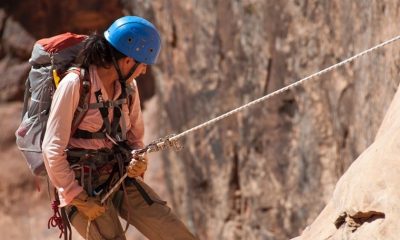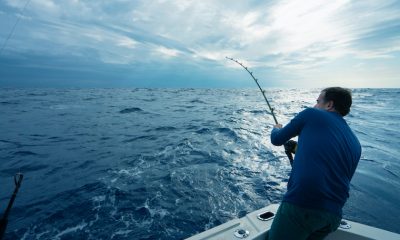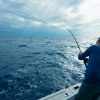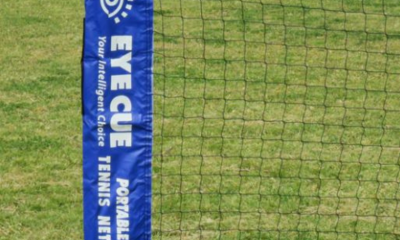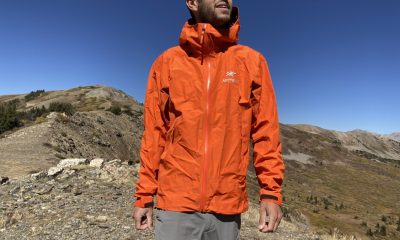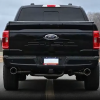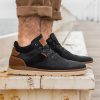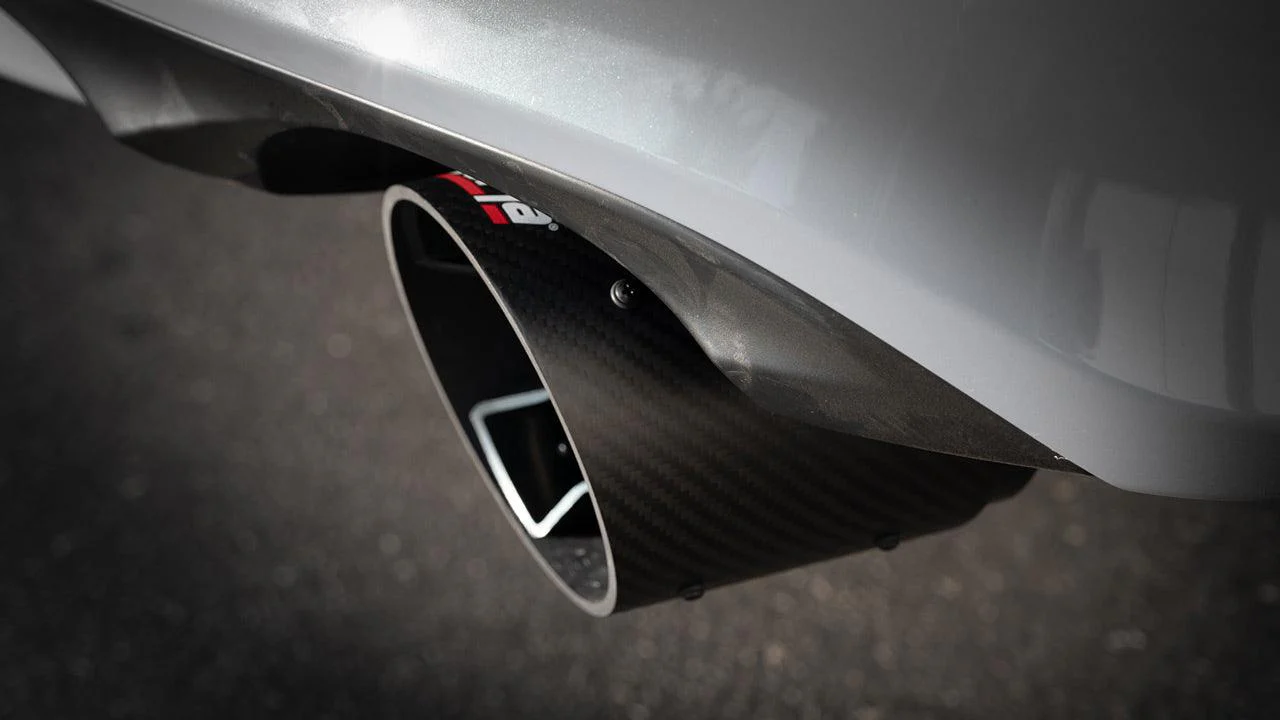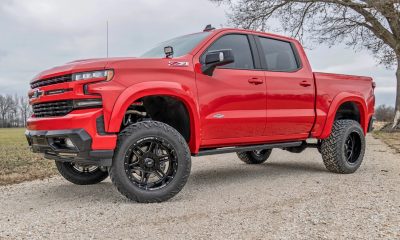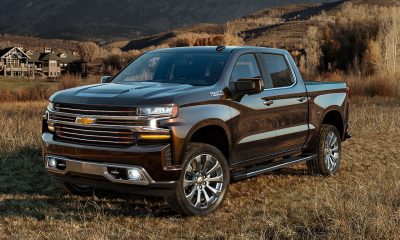Sports & Travel
How to Choose a Boat Anchor You Can Benefit From
Did your new boat come with an anchor? If it did, is it the right size and does it have the strength to hold the boat in place? If the answer to both these questions is no – then you should definitely consider a trip to your local boat supplies and accessories store, or just look one up online.
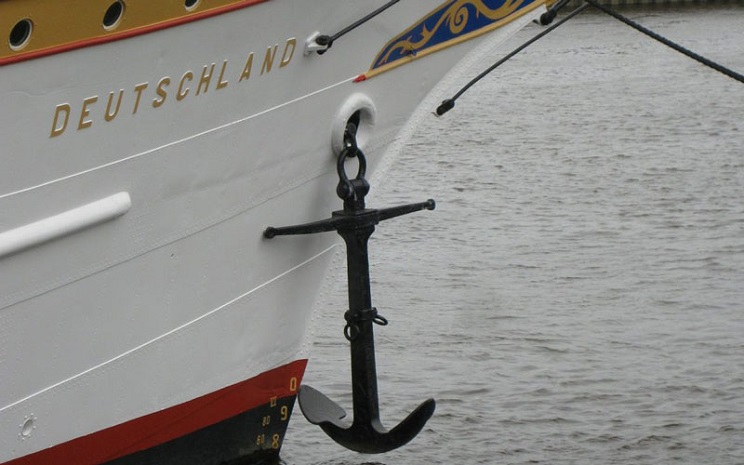
Once you start looking at all the different available anchors, however, you’ll quickly notice that there are more models than you initially thought. Even though these are pretty straightforward boat accessories, they come in a wide range of shapes and sizes. The reason for this is simple – boats come in a wide range of types and sizes, weather can vary, and the bottom conditions can be quite different.
The last thing you want is to be that guy who anchors their boat in the middle of the lake or ocean, and discovers that the anchor is too weak or small to hold the boat. In order to prevent these mishaps, here’s what you need to know about boat anchors.
Anchors Come With Different Holding Power
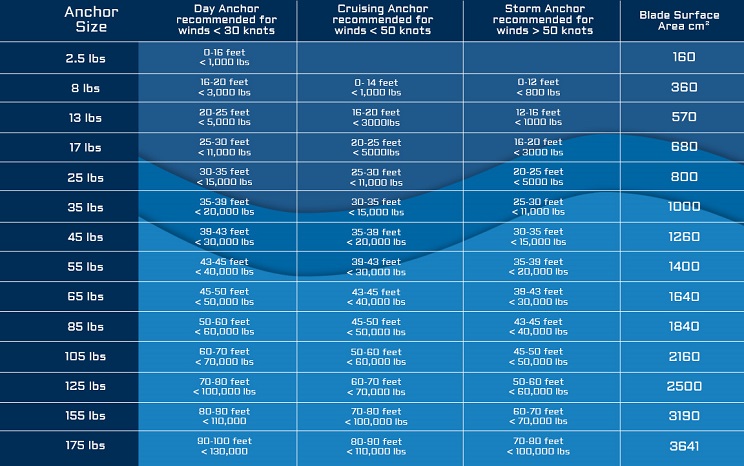
Even though it might make more sense to buy an anchor based on the weight of your boat, worth noting is that anchors are rated based on holding power, or the amount of pull force they have to hold the boat in place. This metric is calculated based on a few environmental factors.
As a general rule of thumb, an anchor with a holding power of 40kg is enough to safely anchor a 50cm boat in winds up to 30km/h. For the same wind speed, but a 65cm boat, you’ll need about an anchor with about 55kg holding power. That being said, anchors that rely on their weight alone, such as space-saving, plastic-coated anchors can only generate about twice their weight in holding power.
Anchors Come in Different Weights
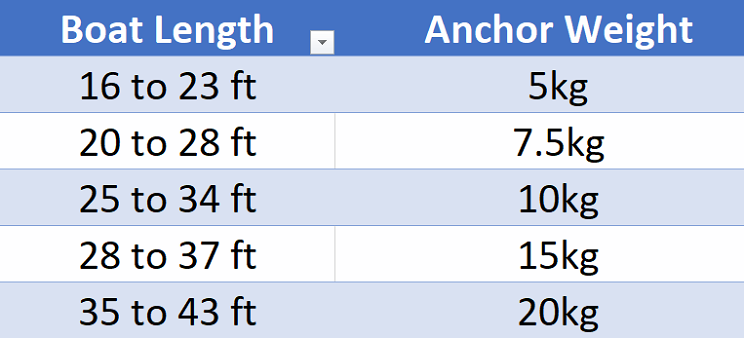
When you browse the range of a boat supplies and accessories store, you’ll notice that anchors come in different weights. When choosing anchor weight, bigger is almost always better. You don’t need much holding power in quiet waters, but you’ll need much more weight in emergency situations and high winds.
Many people claim that having two anchors of different weights is a good idea. A smaller lunch-hook is appropriate for short anchorage in calm waters, but you’ll also want a heavier, working anchor for overnight trips or when going ashore in windy conditions. After all, these boat accessories won’t break your bank, yet will give you peace of mind knowing your boat is safe and sound no matter the weather. Also, using different types of anchors can be beneficial as well, especially in high-profile boats.
Bottom Conditions
The anchor’s holding power and weight are only as good as its ability to penetrate the bottom. For instance, anchors have an easy time penetrating hard sand bottoms that provide consistent holding power, but you’ll need something with more penetration to reach the hard secondary bottom material in muddy-bottomed waters. Further, anchor weight trumps design in difficult grassy bottoms. Depending on the bottom conditions, there are different techniques used to anchor a boat.
Different Styles of Anchors
Fluke – These anchors are the most popular choice for most recreational boats that don’t extend 75cm. They provide enough holding power considering their size, and they fold flat by design, making them easy to store in storage compartments. The anchor arm buries itself after the pointed flukes dig into the bottom of the ocean or lake.
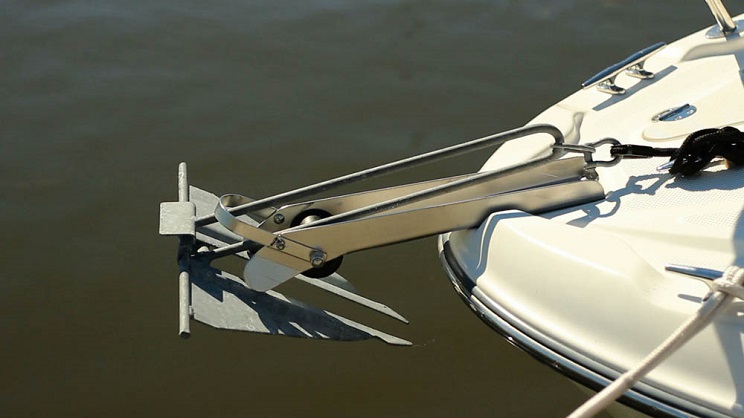
That being said, they’re suitable for both mud and hard sand. However, the flukes can’t penetrate rocky bottoms and aren’t recommended for grassy or slick bottoms. Clay or loose mud can foul the flukes and prevent penetration.
Navy – These anchors fill in the gap left by fluke anchors. They feature long stocks and distinct flukes and arks. This makes them ideal for weeds, heavy grass, rocky bottoms where one of its arms can take hold of a crevice.
Grappling – These hooks don’t have a lot of holding power, but they make up for it in design and size. They’re compact and can be folded up for storage in limited spaces. These anchors are usually used on canoes, kayaks, Jon boats and skiffs.
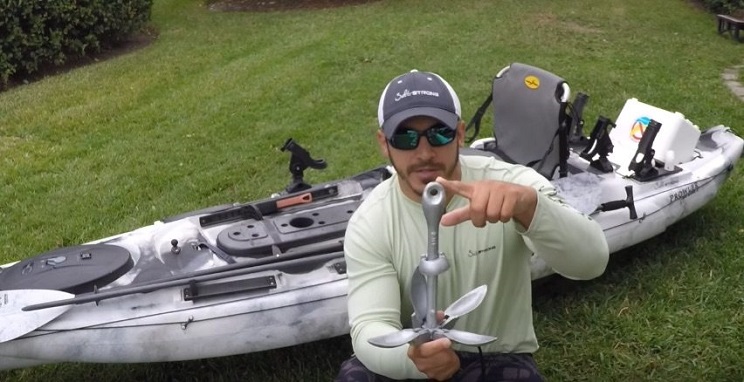
Plough – These anchors feature a low centre of gravity and self-righting geometry, making them set almost immediately. Their plough shape enables them to reset easily in case tide or wind swings the boat. These anchors are best suited for use in rocky bottoms, grass and weeds, but they fall short in soft bottoms. Plough anchors also have high holding power, making them ideal for open water and windy conditions.
Claw – Claw anchors provide great holding power for their size. They’re modelled after the oil-rig anchors in the North Sea, and they can hold your boat effortlessly in a variety of bottoms. They’re ideal for windy conditions and one might say they’re specifically designed for rough weather. They’ll hold your boat no matter how much it swings. These anchors are the obvious choice for large, open bodies of water.
Writing for the blog since 2012, Chris simply loves the idea of providing people with useful info on business, technology, vehicles, industry, sports and travel – all subjects of his interest. Even though he sounds like quite the butch, he’d watch a chick flick occasionally if it makes the wife happy, and he’s a fan of skincare routines though you’d never have him admit that unless you compliment his impeccable skin complexion.

